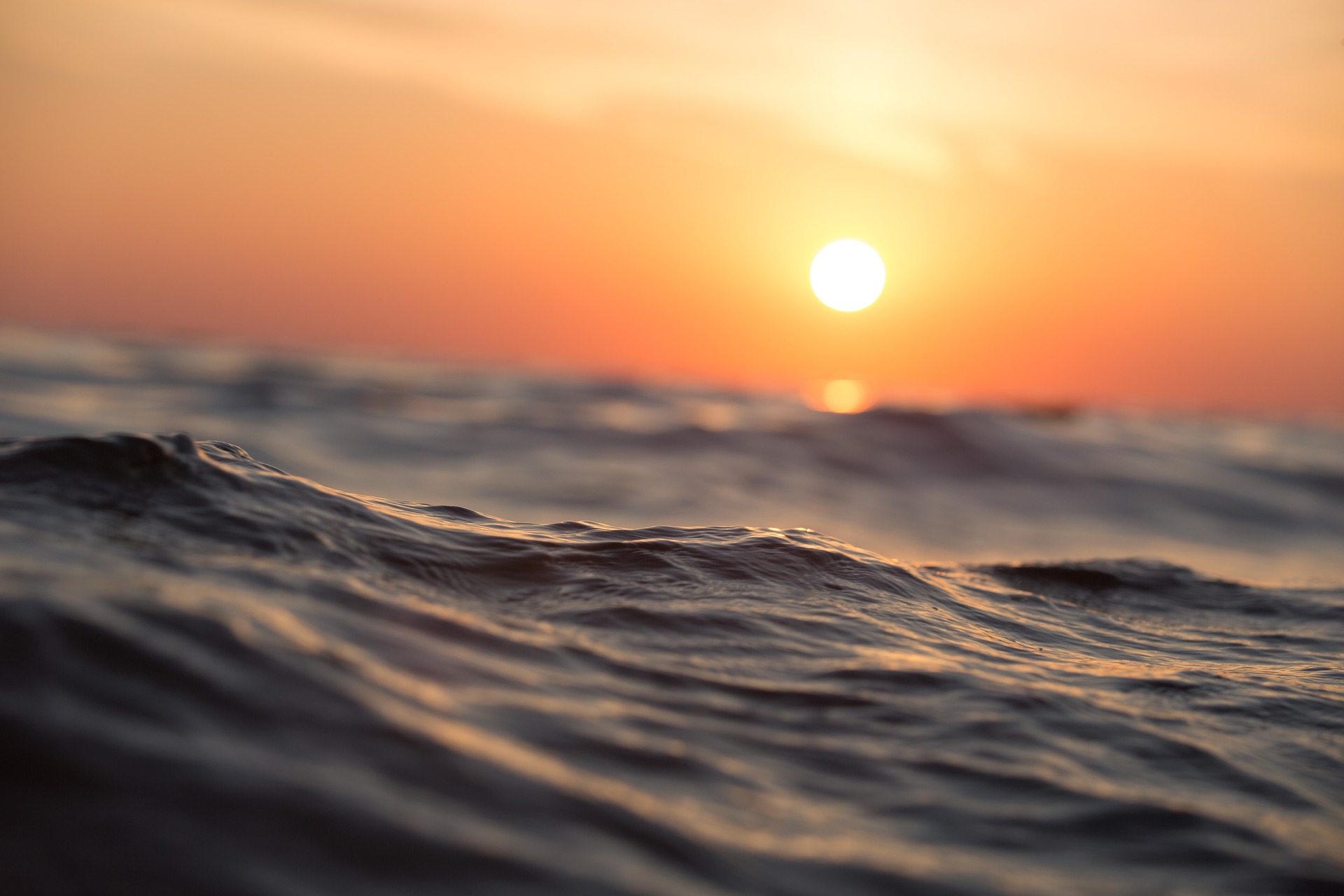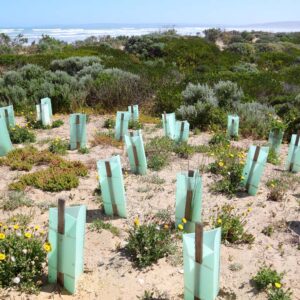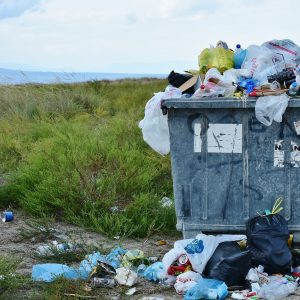COURSE STRUCTURE
 There are 9 lessons as follows:
There are 9 lessons as follows:
- Structure and Forces
- Rocks and Minerals
- Surface Changes
- The Oceans
- Air and Weather – Meteorology intro, etc.
- The Greenhouse Effect
- Global Weather Patterns
- Geological Time
- Modern Environmental Issues
Each lesson culminates in an assignment which is submitted to the school, marked by the school’s tutors and returned to you with any relevant suggestions, comments, and if necessary, extra reading.
SUMMARY OF COMPETENCIES DEVELOPED
On successful completion of the course you should be able to do the following:
- Describe the major structural elements of Earth and the major internal forces which affect them.
- Classify rocks and minerals according to their characteristics and formation.
- Explain external processes that that cause topographic and soil changes on the earth’s surface.
- Describe the oceans of the earth and their role in global processes.
- Describe the earth’s atmosphere and the forces which create weather.
- Describe some well known effects of particular atmospheric conditions like the Greenhouse effect.
- Identify global weather patterns and their relationship to different climates.
- Describe the way in which the earth’s surface has changed over time.
- Identify environmental issues which are of current significance.
WHAT THE COURSE COVERS
Here are just some of the things you may be doing:
- Research how a mountain/mountain range in or near your region was formed.
- Explain plate tectonics.
- Collect and classify rock samples as either sedimentary rock, igneous rock, or metamorphic rock.
- Describe four ways that weathering breaks down rocks to help form soil.
- Explain how the speed of a stream affects the shape of the landscape.
- Name the three main layers of the ocean, describe the characteristics and ocean life in each.
- Keep a record of atmospheric and weather changes in your environment.
- Explain the highs and lows associated with air pressure, and how they affect weather.
- Create a questionnaire to determine understanding of the Greenhouse Effect or the Ozone layer.
- Explain why your region has its overall climate.
- Research what life forms (plant and animal) inhabited your region before the formation of humans.
- Identify the rules and laws used to date fossils.
- Research an environmental problem in your area, and discuss possible solutions.





